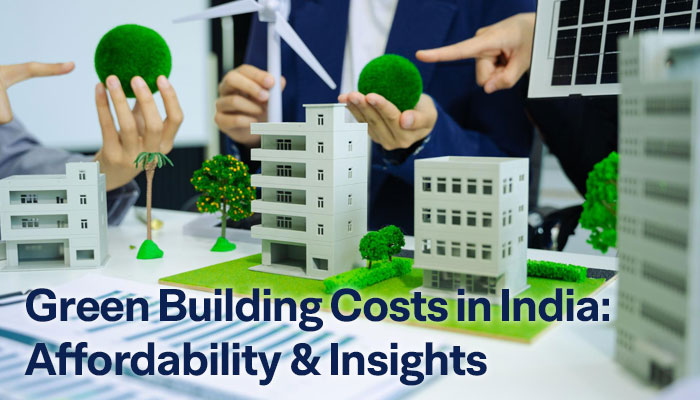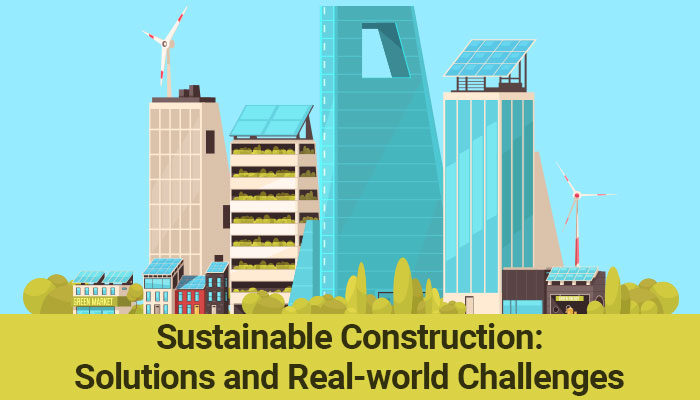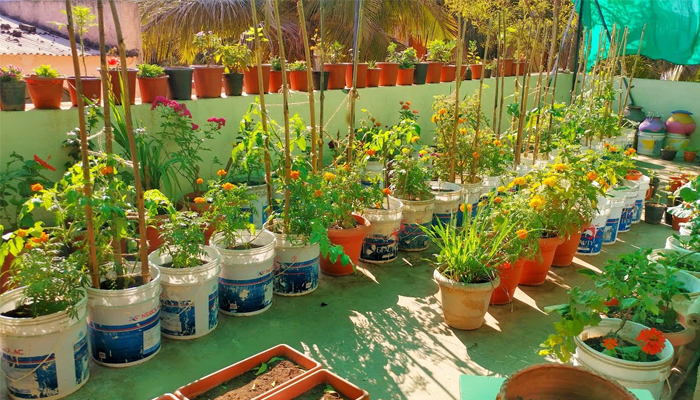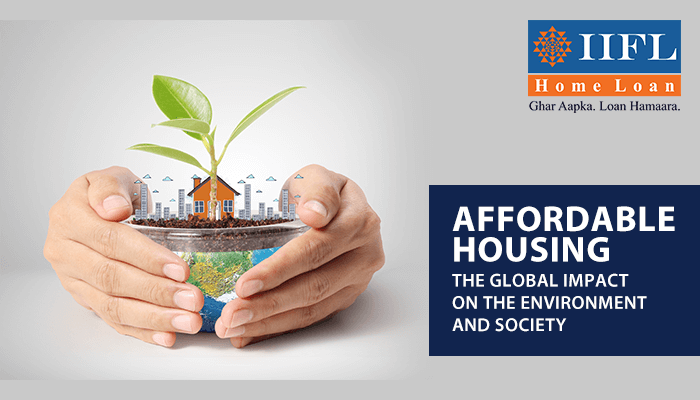What Is The Importance & Relevance of Green Housing
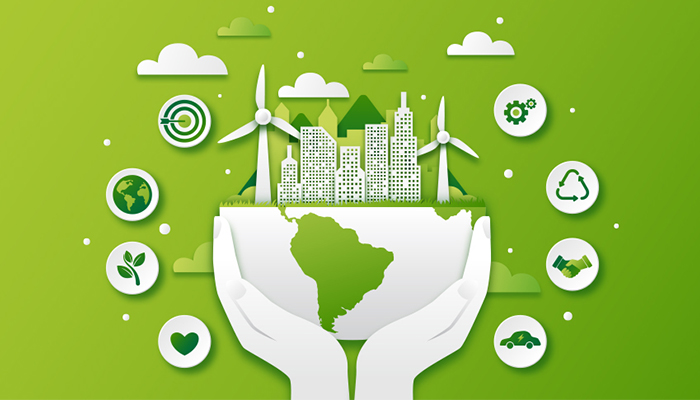
Green housing has gone from being a privilege to becoming a necessity. This is because human consumption of natural resources has reached an unsustainable rate. A UN Environment report states that since 1970, the extraction of resources has more than tripled, including a rise in fossil fuel use by 45 per cent. It estimates that global material use could practically double from 92 billion tonnes to 190 billion tonnes by 2060. Meanwhile, greenhouse gas emissions could see a staggering increase of 43%. It is critical that we use our natural resources judiciously and reduce our carbon footprint. This is where green housing can play a tremendous role in driving sustainability.
Benefits of Green Housing
Green buildings bring a multitude of advantages, positively impacting the health of residents, cutting costs, reducing carbon footprint and enabling sustainable living.
-
Environmental Impact
Buildings are responsible for almost 40% of global energy-related carbon emissions . Hence, green housing can play a major role in enabling a sustainable transformation. Eco-friendly buildings reduce dependency on non-renewable energy sources, such as coal and natural gas, by turning to renewable sources, such as solar energy. Most green building designs also feature windows that allow lots of natural light to come in, reducing the need for artificial light. This goes a long way in becoming self-sufficient in their energy needs and reducing the carbon footprint.
These various green efforts can potentially save 84 gigatonnes of carbon emissions by 2050.
Green housing also makes efficient use of water by allowing for water harvesting and water recycling, reducing the strain on the environment. Another key aspect of green buildings is the effort put into waste reduction. Did you know that households globally produce over 2 billion tonnes of waste every year? That is more than 60 tonnes of waste every second! Most of this waste goes to landfills or is burned, causing irreversible damage to the environment. Green buildings can help reduce this impact through smart waste management systems, composting and recycling.
Economic Impact
By using resources judiciously, green buildings enable substantial cost savings. Their unique designs and features ensure efficient use of energy and water. Not only can green buildings help residents save money every month, but they can also have a substantially lower operational cost than traditional buildings. This can vastly reduce utility bills for homeowners and building committers.
Additionally, such buildings use sustainable, eco-friendly and long-lasting construction materials, leading to lower maintenance costs during the building's lifetime. While constructing green buildings may initially be slightly more expensive than traditional buildings, the former can deliver savings of over 20% in operational and maintenance costs year-over-year. This makes them significantly more economical in the long run. Even retro-fitted green buildings have been known to decrease operational costs by about 10% in a single year.
Social Impact
Green buildings can largely operate on renewable energy sources, reducing overall carbon emissions. Additionally, green roofs and vertical gardens help in increasing oxygen levels. This has an immeasurable effect on the air quality inside and around the building. Studies have shown that improved air quality in green buildings helps people breathe better, reduce stress, sleep better, improve brain function, enhance productivity and enjoy a better quality of life .
Moreover, natural resources, such as fossil fuels, water, metals, and more, are limited. It is imperative to be mindful of how we use these resources to preserve them for future generations. Eco-friendly buildings lower the strain on shared natural resources and help us live sustainably so that we can meet our current needs without compromising on the needs of future generations.
Sustainability Efforts to Help Developers Go Green
Green buildings are fast gaining popularity because of their undeniable benefits. We are seeing continuous efforts by industry stakeholders to make them more mainstream. For instance, IIFL Home Loans is making it easier for developers and home buyers to adopt a greener approach. Its revolutionary initiative called Green Value Partnership (GVP) is enabling builders by offering them end-to-end assistance in embracing best practices for GRIHA and IGBC green building norms. IIFL also believes that education and awareness regarding green housing is the only way forward to bring real change. To this effect, it has created the
'Kutumb' platform that has a repository of information on developing green buildings and creating a sustainable future.
Do you agree with the benefits mentioned above? Do you have more benefits of green housing?
Tags
Disclaimer: The information contained in this post is for general information purposes only. IIFL Home Finance Limited (including its associates and affiliates) ("the Company") assumes no liability or responsibility for any errors or omissions in the contents of this post and under no circumstances shall the Company be liable for any damage, loss, injury or disappointment, etc. suffered by any reader. All information in this post is provided "as is", with no guarantee of completeness, accuracy, timeliness, or of the results, etc. obtained from the use of this information, and without warranty of any kind, express or implied, including, but not limited to warranties of performance, merchantability, and fitness for a particular purpose. Given the changing nature of laws, rules, and regulations, there may be delays, omissions, or inaccuracies in the information contained in this post. The information on this post is provided with the understanding that the Company is not herein engaged in rendering legal, accounting, tax, or other professional advice and services. As such, it should not be used as a substitute for consultation with professional accounting, tax, legal or other competent advisers. This post may contain views and opinions which are those of the authors and do not necessarily reflect the official policy or position of any other agency or organization. This post may also contain links to external websites that are not provided or maintained by or in any way affiliated with the Company and the Company does not guarantee the accuracy, relevance, timeliness, or completeness of any information on these external websites. Any/ all (Home/ Loan Against Property/ Secured Business Loan/ Balance Transfer/ Home Improvement Loan/ NRI Home Loan/ Home Loan for Uniformed Services) loan product specifications and information that may be stated in this post are subject to change from time to time, readers are advised to reach out to the Company for current specifications of the said (Home/ Loan Against Property/ Secured Business Loan/ Balance Transfer/ Home Improvement Loan/ NRI Home Loan/ Home Loan for Uniformed Services) loan.
 Login
Login






